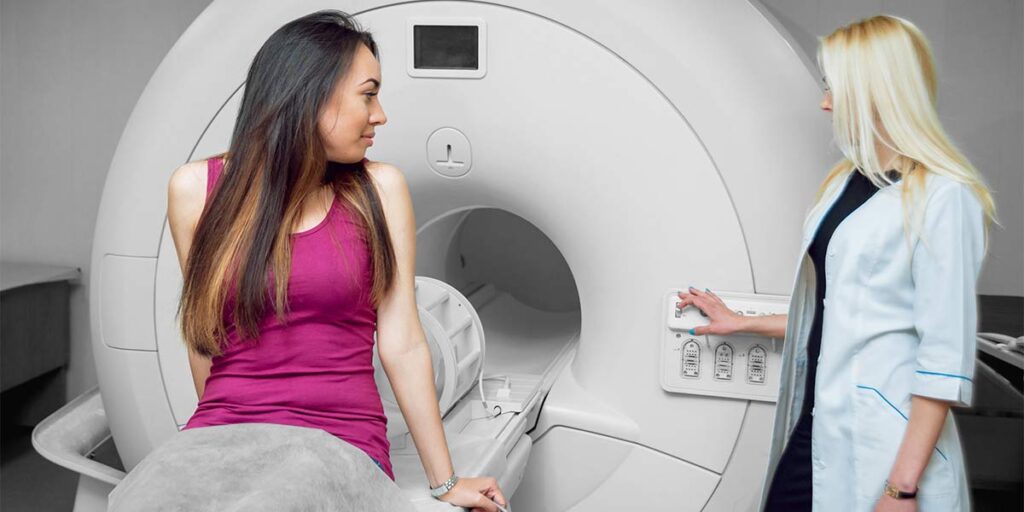I Have Cancer of the Breast Milk Ducts—What Are My Options?
When you think about breast cancer, you probably think about cancer affecting the breast tissue. But you may not be as familiar with cancer of the breast milk ducts, also known as ductal carcinoma in situ, or DCIS.
Around one in eight American women will be diagnosed with breast cancer in their lifetime. Of that number, DCIS will account for 20% of overall cases of breast cancer.
If you’ve undergone a breast MRI and been diagnosed with DCIS, you may be uncertain about what happens next. The good news is: DCIS is treatable and survivable in most cases.
The facts about DCIS
DCIS is a non-invasive type of breast cancer, meaning that it has not spread beyond the initial location. That’s what is meant by “in situ,” which means “in place.” In this case, that means the cancer is confined within a mammary duct.
Because the cancerous cells have not advanced beyond the milk duct, this type of cancer is often curable. In fact, DCIS has a 10-year survival rate of around 98%.
But it’s especially important that ductal carcinoma in situ be treated—over time, cancerous cells in the breast milk duct can spread into other parts of the breast and body. It is estimated that if untreated, DCIS advances to invasive breast cancer in up to roughly 50% of cases.
Ductal carcinoma in situ can also sometimes occur alongside invasive breast cancer. Invasive breast cancer is often found in the breast tissue and can also occur in a mammary gland and other parts of the breast.
DCIS typically does not cause symptoms, but in some cases, a person may feel a lump in the breast or experience nipple discharge. A clogged milk duct can sometimes be mistaken as a sign of ductal carcinoma in situ.
Diagnosing cancer of the breast milk ducts
Because symptoms are uncommon with DCIS, the condition is most often diagnosed as part of a routine breast cancer screening. According to a study published in the Journal of the National Cancer Institute Monographs, as many as 80% of DCIS cases are discovered during a mammogram.
While cancer of the breast milk ducts is often found during routine screening mammograms, in some cases, your doctor may recommend a diagnostic mammogram or a breast MRI to help diagnose breast-related symptoms. This can help rule out non-cancerous issues such as plugged milk ducts.
How DCIS Is treated
If you’ve been diagnosed with DCIS, your doctor will likely recommend a treatment plan that includes surgery. Because there is some potential for DCIS to advance into invasive breast cancer or recur later, surgical removal of the cancerous cells is the standard of care for the condition.
Depending on your individual needs, your doctor may recommend either lumpectomy, where the tumor and a small amount of surrounding breast tissue are removed, or a simple mastectomy, where the entire breast is removed.
Prior to either procedure, your doctor may order a preoperative breast MRI. Recent research shows that breast MRI can provide detailed images that outline the extent of DCIS, allowing for better surgical planning and positive outcomes. This may be particularly helpful in women who have dense breasts, since dense breast tissue and cancer appear similarly on mammograms, making that a less effective tool.
Breast MRI is a powerful tool in the diagnosis of breast cancer, including DCIS. Discover more about your options.
